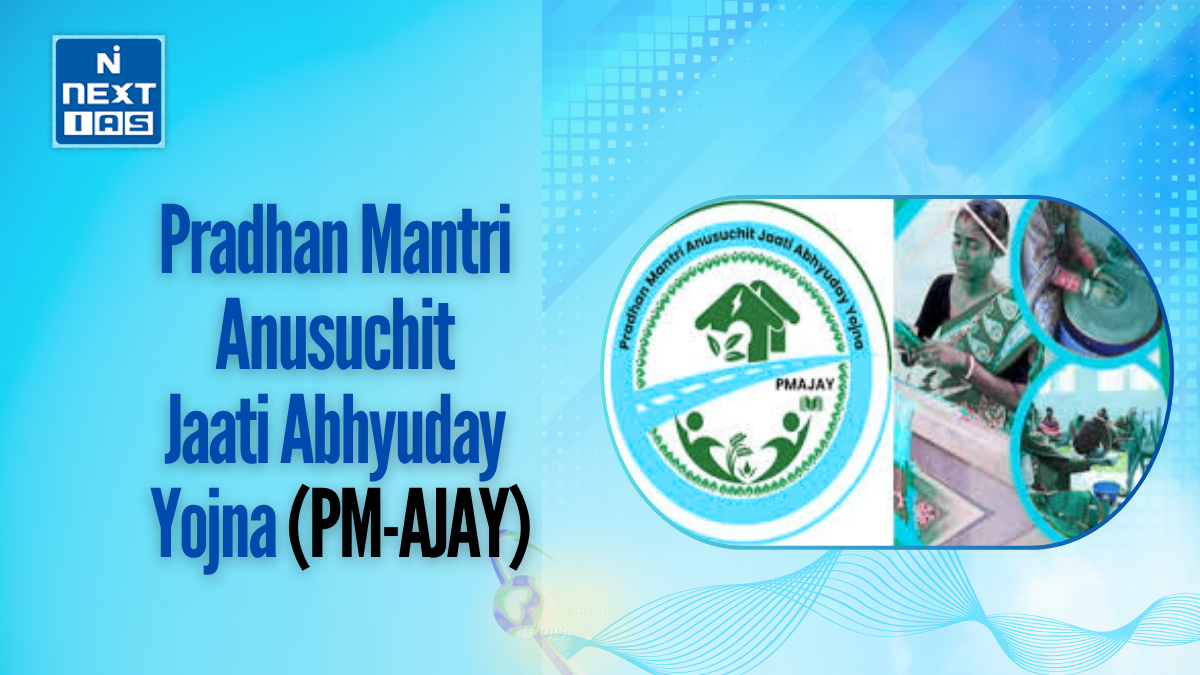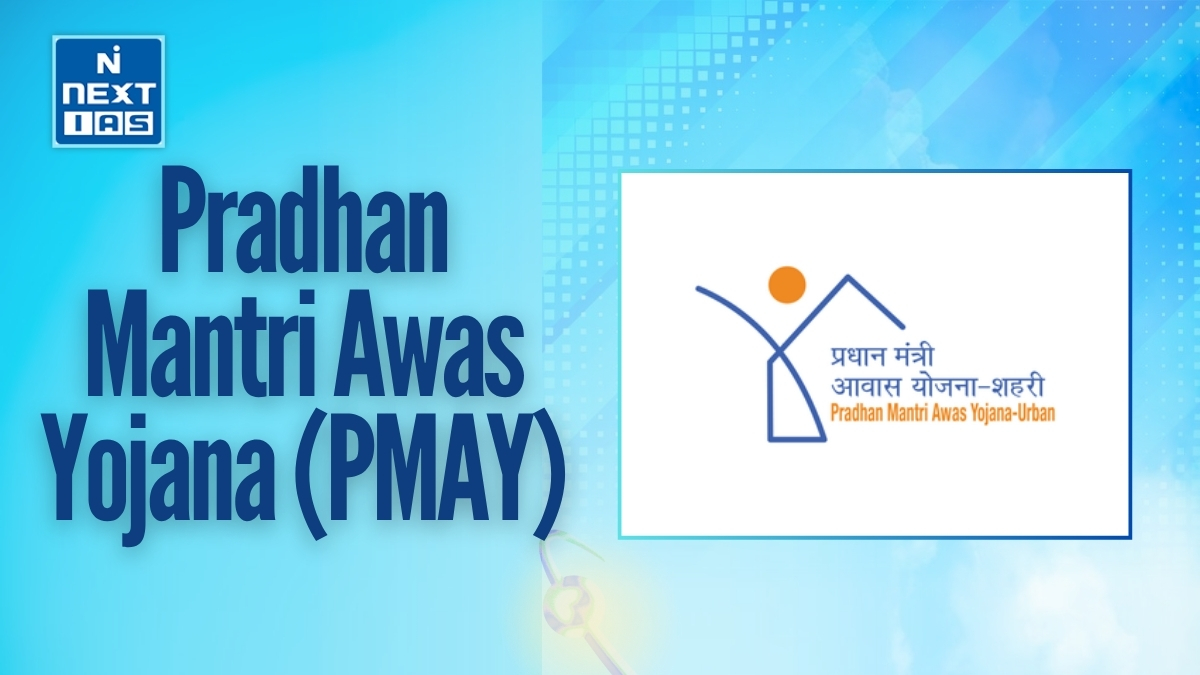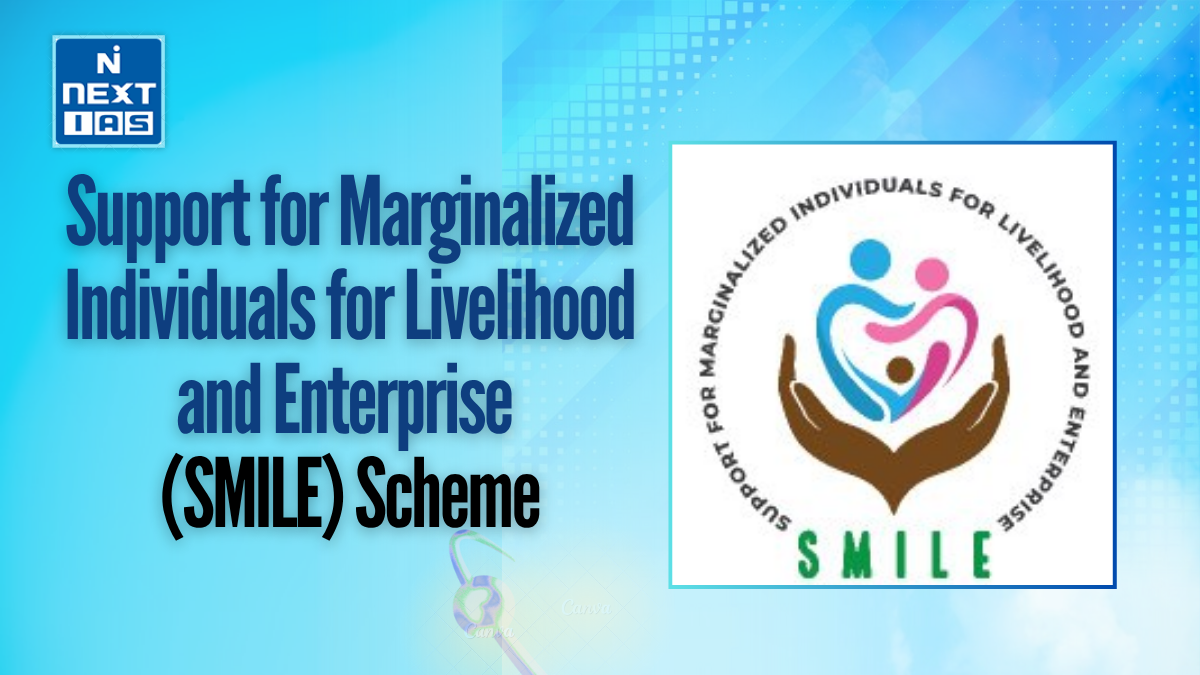
The scheme for Swamitva Yojana was introduced in the year 2020 to provide rural households across the country with property ownership rights. Through the formal issuance of property ownership certificates using modern technology such as GIS and drone surveys, the scheme permits the rural population of India to erect titles on their properties from an economic point of view and financial inclusion.
About the Swamitva Yojana
- Swamitva Yojana was initiated by the Government of India in 2020 to grant legal ownership rights of property to the rural households.
- With areas under drone survey and GIS mapping, the scheme explains the collation of land records.
- By establishing legal ownership of land with issuance of property cards by the villagers, the Swamitva Yojana allows them to use the property as financial assets for loans and other economic benefits.
- The scheme aims to integrate transparency in land ownership and to reduce disputes, thereby strengthening the rural economy through formalization of property rights.
- This also helps in better planning and revenue collection for local governance.
- Incorporating digital records in this scheme creates great effectiveness in administration and adds to the financial inclusion of rural communities.
- In all, the Swamitva Yojana turns out to be a revolutionary mechanism toward rural empowerment by lending security to lands and thus, better ways for economic development, thereby improving livelihood in the villages of India.
Features of the Swamitva Yojana
The prime features of Applicable under the Swamitva Yojana:
- Property Survey Using Drone – High-resolution drone technology is used to map rural properties.
- Legal Property Ownership – Villagers are given document for officially owning the property.
- Digital Property Cards – These are issued in the form of digital records that inhibit litigations concerning land.
- Financial Inclusion – The landowners can use their property as collateral against loans.
- Dispute Resolution – Reduces conflicts related to land due to clearly defined ownership records.
- Rural Economy Boost – Formalizing land ownership promotes economic activities.
- Panchayati Raj Integration – Helps empower the local governments with legal records of land.
- Nationwide Implementation – Set to be implemented gradually to attain cover for the entire rural areas across India.
The application of this scheme guarantees transparency, security, and economic stability to rural landholders.
Objectives of the Swamitva Yojana
- Property Ownership-Give rural households with property cards to accord to them legal ownership rights.
- Financial Inclusion-Facilitate villagers to use property as a financial asset for loans and other economic benefits.
- Dispute Resolution-Reduce property disputes by having clear ownership records.
- Rural Planning-Help in making land records that will assist rural infrastructure planning.
- Digital Mapping-Use drone technology and GIS mapping for modern and transparent land records.
- Revenue Generation-Enable the state to levy property tax on rural lands; thus improving local governance and development.
Significance of the Swamitva Yojana
This is important rural development is touched by the Swamitva Yojana with the following interventions:
- Granting Property Rights – Provides rural population with saleable property titles and serves to reduce the massive plethora of land disputes; therefore, gives them a sense of security in switching it into usable assets.
- Promoting Economic Growth – The holders of land can now treat property as financial assets to share for loans or investments.
- Bettering Governance – Land records help in better land-use planning, auditing for municipalities and panchayats by way of collecting taxes.
- Reduction of Land Disputes – Accurate mapping can ensure that the land owners whose properties are recorded keep away from disputes of ownership.
- Promotion of Digital India- Technologies like drones and GIS are being used for maintaining records.
Thus the scheme lifts the rural citizens and anchors economic development.
Lacunae of the Swamitva Yojana
While the Swamitva Yojana has been a powerfully progressive step toward rural property rights, it faces numerous challenges to implementation:
- Land Disputes – Some of these disputes may complicate surveying and verification.
- Awareness and Digital Literacy – Most village folks aren’t really aware of the scheme and struggle with digital property records.
- Survey Accuracy – With drone mapping being an advanced technology, there might be some technical challenges in applying it in densely populated regions and areas of disputes.
- Implementation Delays – During execution, delays may be experienced due to the involvement of multiple departments.
- Exclusion Issues-Landowners, especially from the marginalized sections, may remain excluded due to some lacuna in documentation.
A remedy for this lacuna must be found if the success of the scheme and the equitable dispensation of property rights is to be ensured.
The key pointers on Swamitva Yojana for UPSC CSE Prelims
- Launch Year: 2020
- Ministry: Ministry of Panchayati Raj
- Objectives: To provide rights of rural property ownership by way of legal documents
- Technology Used: Drone surveys; GIS mapping
- Beneficiaries: Rural landowners
- Documents Issued: Property cards (legal title deeds)
- Coverage: Entire rural India in phases
- Execution: On a collaborative basis with State Governments and the Survey of India
- Benefits:
- Financial inclusion (i.e., use property as collateral)
- Reduction of land disputes
- Enhancing local governance
- Associated Initiative: Digital India Land Records Modernization Programme (DILRMP)
Way forward
The government should ensure efficient and timely digital mapping, property dispute resolution, and integration of records with financial institutions for timely access to credit to magnify the impact of Swamitva Yojana.
At the local level, awareness generation and capacity-building should be given greater impetus. Strengthening legal mechanisms and extending coverage will further enable rural communities so that they can form the basis for economic growth and the formation of self-reliant land ownership in rural India.
Conclusion
The Indian rural citizens have been empowered by Swamitva Yojana because it grants legal property rights to landholders, increases financial security, and finally makes loans accessible. By use of modern technology, it fosters economic growth, checks land disputes, and strengthens rural governance-flowering one-step forward for a self-reliant and digitally empowered India.






